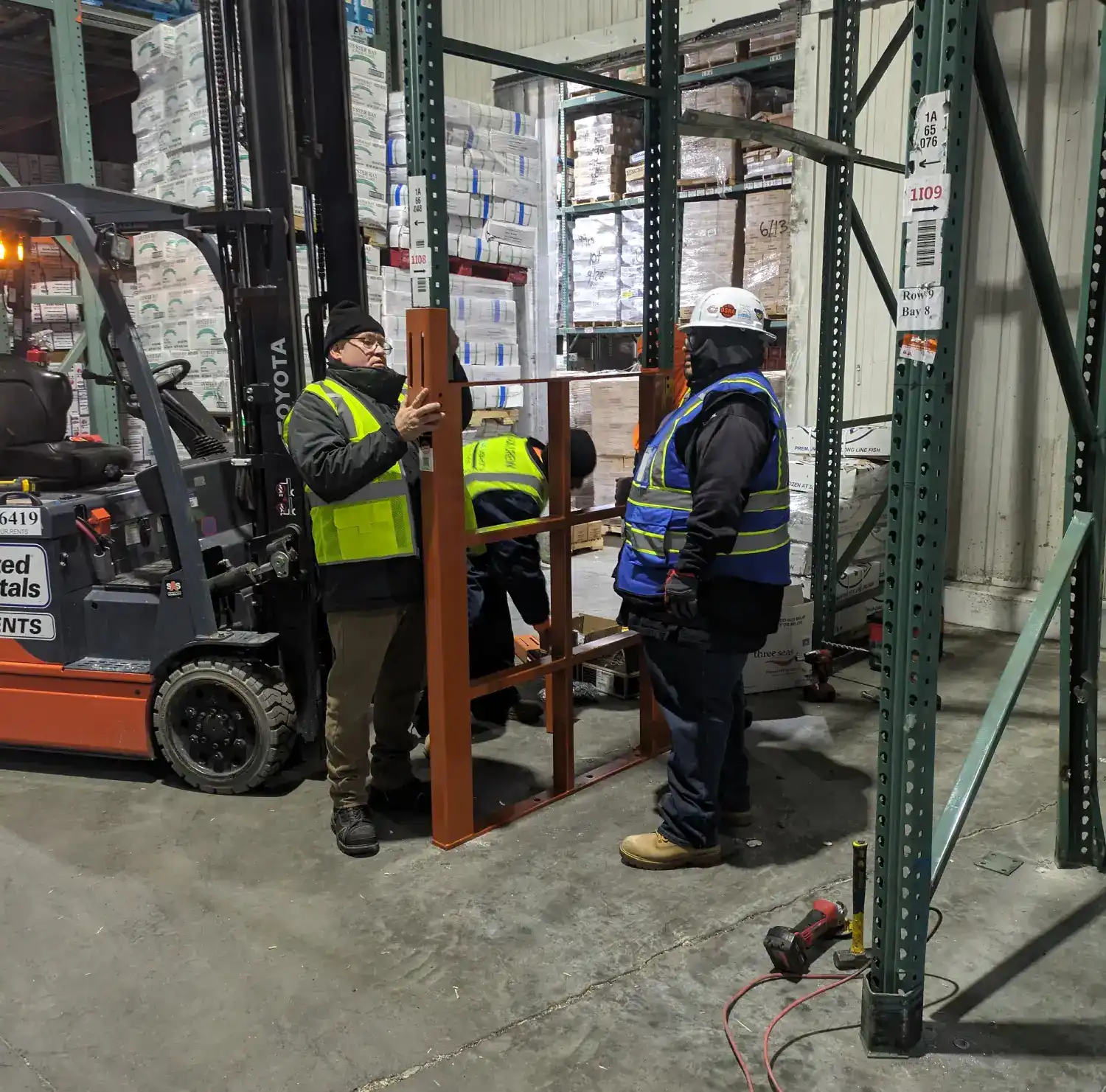Industrial decommissioning is a complex process that requires careful planning, compliance with regulations, and efficient asset management. Whether shutting down a manufacturing plant, relocating a warehouse, or repurposing an industrial facility, following best practices ensures a smooth transition while minimizing costs and environmental impact.
1. Develop a Strategic Plan
Before starting industrial decommissioning, create a detailed project plan. Outline the scope, timeline, and responsibilities for each phase, including equipment removal, waste disposal, and site restoration. A structured approach prevents unexpected delays and ensures compliance with safety regulations.
2. Conduct a Thorough Asset Inventory
Identify and categorize all assets within the facility, including machinery, furniture, and hazardous materials. Determine what can be repurposed, sold, or recycled. Many companies recover value by reselling industrial equipment or donating usable materials.
3. Follow Environmental and Safety Regulations
Industrial facilities often contain hazardous substances such as chemicals, asbestos, or heavy metals. Proper handling and disposal of these materials are critical to avoiding environmental damage and regulatory penalties. Work with certified waste disposal specialists to ensure compliance with local and federal regulations.
4. Dismantle and Remove Equipment Efficiently
Use experienced professionals to dismantle and remove heavy machinery safely. Proper labeling, documentation, and transportation of assets can prevent damage and streamline reinstallation if relocating to a new site.
5. Restore the Site for Future Use
Once industrial decommissioning is complete, assess the site for potential contamination and necessary repairs. Restoring the facility to its original condition or preparing it for future development adds long-term value to the property.
6. Work with Experts
Hiring industrial decommissioning specialists can simplify the process. Experts ensure proper planning, compliance, and execution, reducing risks and costs.
By following these steps, businesses can navigate industrial decommissioning efficiently while maximizing asset recovery and minimizing environmental impact.

